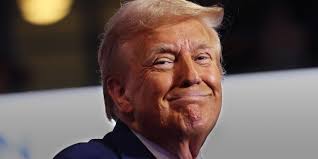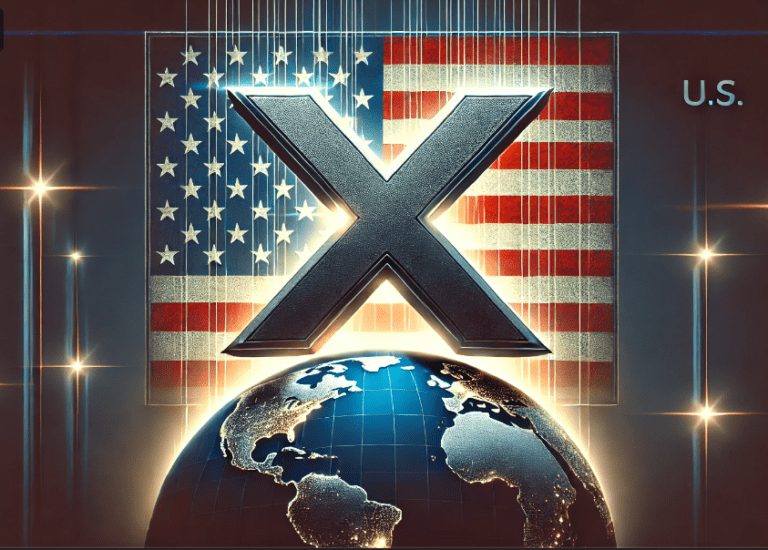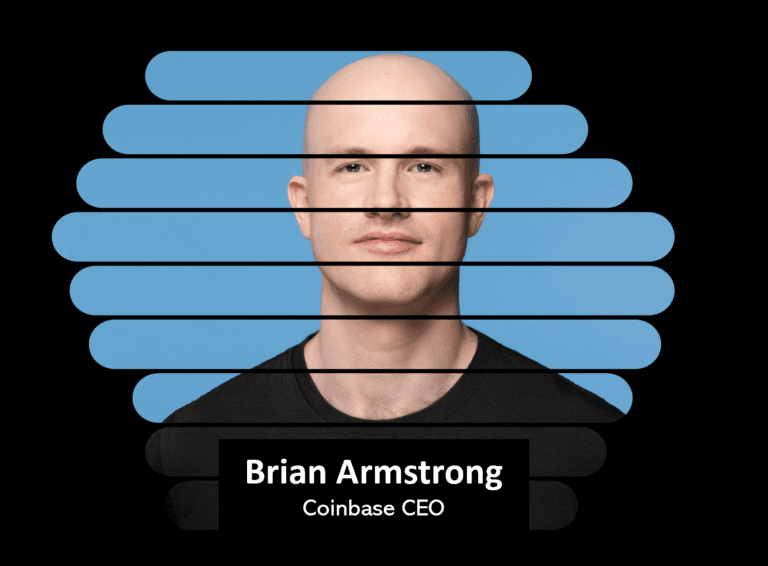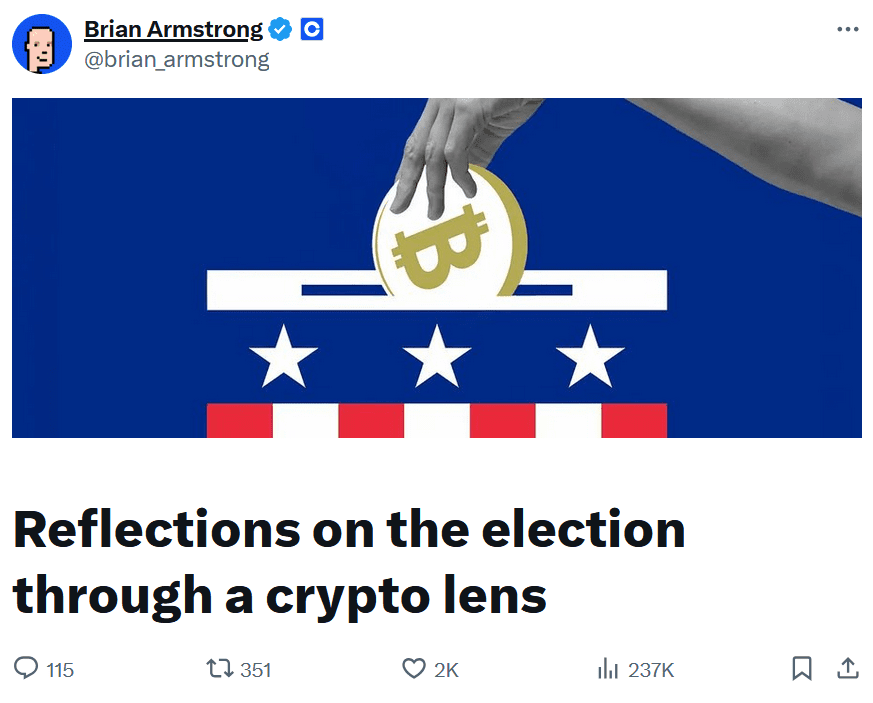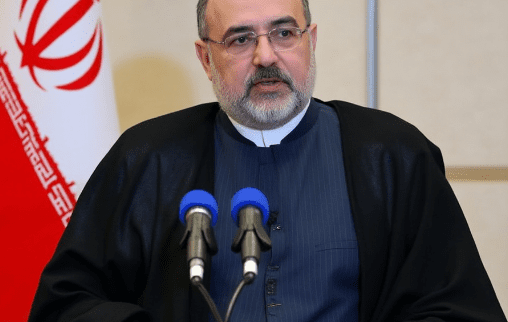A massive polio vaccination campaign in the Gaza Strip has successfully immunized over 1.1 million children against the poliovirus. This public health achievement comes amid ongoing challenges in Gaza, including restricted medical resources, high population density, and frequent regional instability. Organized by the Palestinian Ministry of Health and supported by international health organizations, the campaign aims to prevent a resurgence of the debilitating disease, which still poses a threat in some parts of the world.
Background on Polio and Its Impact
Polio, or poliomyelitis, is a highly contagious viral disease that primarily affects children under five. The virus spreads through person-to-person contact and can cause permanent paralysis in severe cases. Although eradicated in most countries due to widespread vaccination efforts, polio remains endemic in a few regions and can resurface in vulnerable areas with low vaccination coverage. In recent years, health experts have noted polio outbreaks in parts of the Middle East and Africa, stressing the need for continued vigilance and immunization efforts.
Gaza, with its dense population and limited healthcare infrastructure, is particularly vulnerable to infectious diseases. Although polio has not been detected in Gaza in recent years, the risk remains, particularly with ongoing movement restrictions and limited access to consistent medical resources.
The Vaccination Campaign: Goals and Execution
The recent polio vaccination campaign aimed to reach every child in Gaza under the age of five to ensure complete immunization coverage. Led by local healthcare workers and supported by the World Health Organization (WHO) and UNICEF, the initiative focused on two main objectives: to maintain Gaza’s polio-free status and to educate communities on the importance of routine vaccination.
Given Gaza’s unique logistical challenges, the campaign required extensive planning and coordination. Healthcare teams worked with local organizations and used mobile clinics to reach communities across Gaza, including remote and underserved areas. The campaign also emphasized community engagement, utilizing social media, local media, and community leaders to spread awareness and encourage participation.
Success Metrics: Reaching 1.1 Million Children
The campaign’s success is evident in the numbers. By the end of the initiative, over 1.1 million doses of the polio vaccine were administered, covering nearly every eligible child in Gaza. This high level of coverage significantly reduces the risk of a polio outbreak, as a vaccinated population creates a strong barrier against the virus.
Dr. Mai al-Kaila, the Palestinian Minister of Health, praised the campaign’s success, noting, “Our children’s health is our top priority, and this vaccination effort ensures that Gaza remains protected against polio. We thank all health workers, local volunteers, and families who contributed to making this campaign a success.”
Community Reactions and Health Worker Insights
The campaign received widespread support from Gaza’s residents, many of whom see vaccination as a crucial part of protecting their children’s future. “We live in difficult conditions, and protecting our children from diseases is something we can control,” said a local mother, expressing her gratitude for the vaccination effort.
Healthcare workers on the ground faced numerous obstacles, including infrastructure issues and the need to operate in a politically sensitive environment. Despite these challenges, health professionals remained committed to reaching every child. Dr. Khaled Abu Nada, a physician involved in the campaign, highlighted the resilience of Gaza’s healthcare workers: “Working in these conditions is never easy, but the health and safety of our children make every effort worthwhile. This campaign has shown what we can achieve when we work together.”
International Support and the Role of Organizations
The campaign received critical support from international organizations like WHO and UNICEF, both of which provided funding, medical supplies, and logistical guidance. WHO representatives stressed the importance of this campaign as part of a broader global effort to eradicate polio, which has seen resurgences in areas affected by conflict or instability. UNICEF’s regional director for the Middle East and North Africa commended Gaza’s healthcare workers and reaffirmed UNICEF’s commitment to supporting vulnerable populations, stating, “No child should be left unprotected. Every dose of the polio vaccine represents a step toward a healthier, safer future for Gaza and beyond.”
Future Implications: Sustaining a Polio-Free Gaza
While the campaign’s success marks a significant milestone, health officials emphasize that maintaining Gaza’s polio-free status will require continued vigilance. The Ministry of Health plans to implement follow-up immunization drives and strengthen routine vaccination programs to ensure high coverage levels. Officials are also working on strategies to improve healthcare access in Gaza, with an emphasis on preventive care and disease monitoring.
Conclusion: A Step Forward in Public Health Amid Adversity
The successful polio vaccination campaign in Gaza is a testament to the resilience and determination of healthcare workers and communities facing extraordinary challenges. With over 1.1 million children vaccinated, Gaza has taken a crucial step in protecting future generations from the threat of polio. As regional instability and limited resources continue to pose hurdles, this achievement underscores the power of coordinated public health initiatives and the importance of global support in safeguarding vulnerable populations.
This victory against polio is not just a win for Gaza but a hopeful reminder of the impact that targeted health interventions can have, even in the most challenging environments. As Gaza continues to build its healthcare capacity, international organizations and local authorities remain committed to preserving this hard-won progress and ensuring a healthier, safer future for all.






